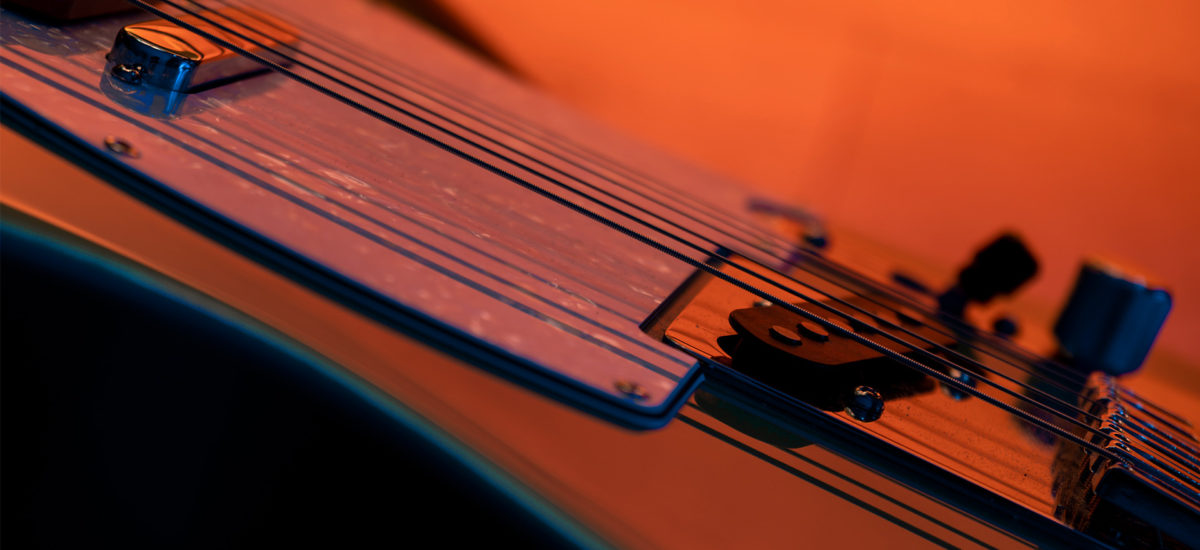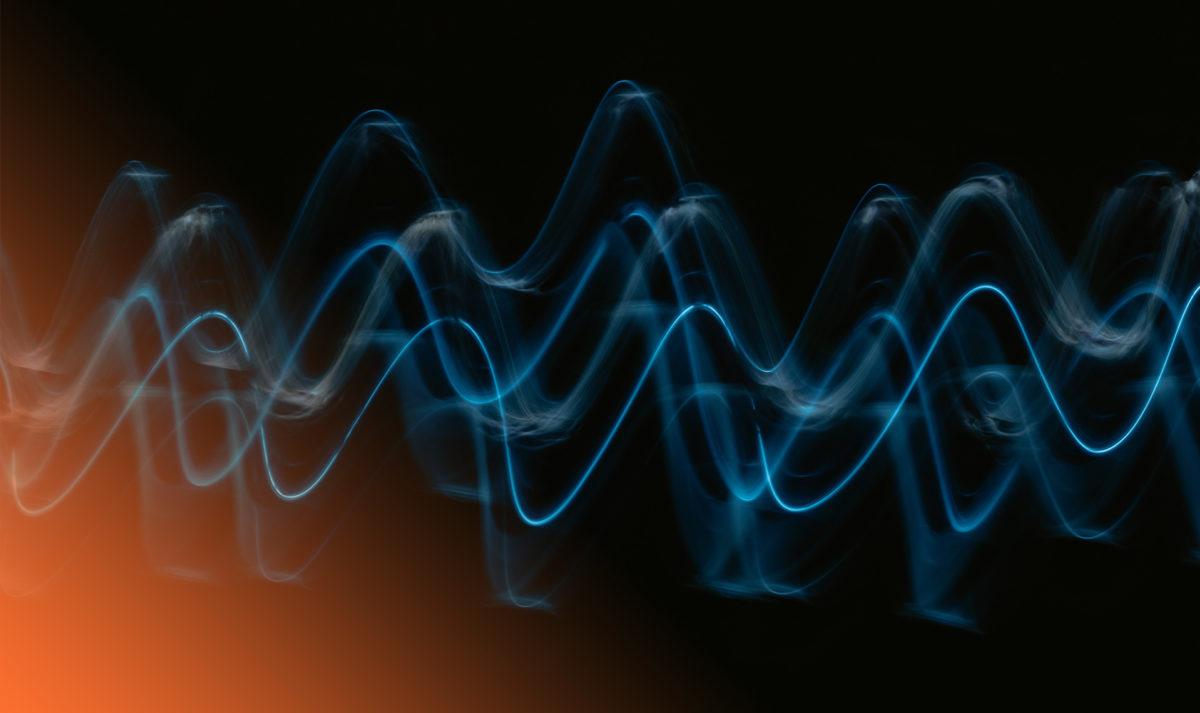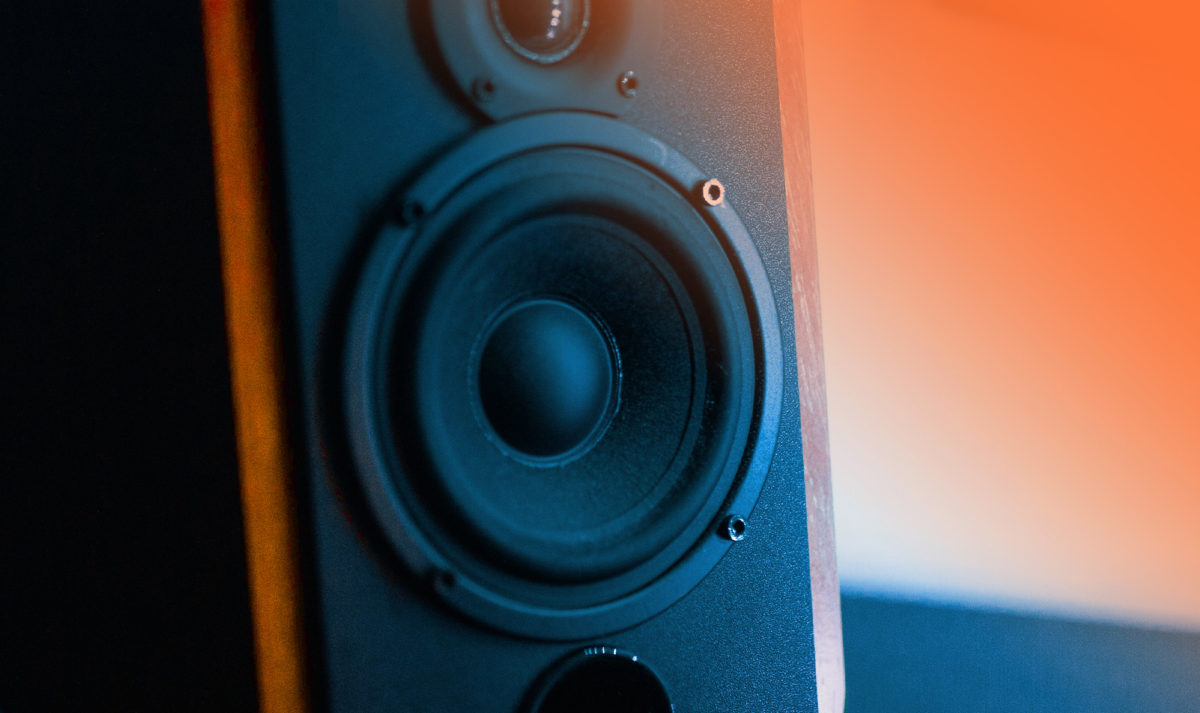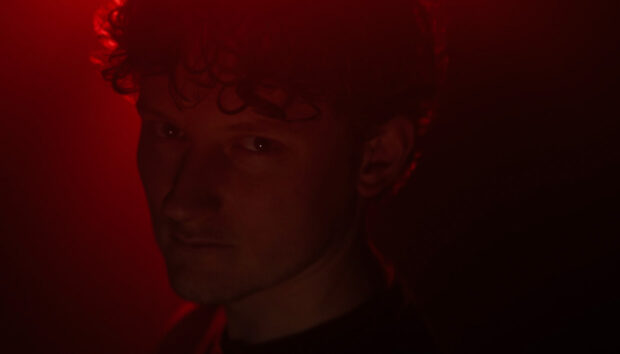
What comes to mind when we think about bass? Maybe it’s the epic experience of entering a nightclub or a stadium, the sensation of not just hearing the sound but feeling it vibrate through the entire body. Or what about the instantly attention-grabbing, toe-tapping, hip-shaking grooves of the best dance and hip-hop beats? Working as the bedrock of both melody and percussion, massive in every sense, the role of bass in music is difficult to overstate. This article will explore how bass is defined and how it is used in different genres of music, then run through some top tips for how to make bass sound fuller in your own productions.
What is bass? The term broadly covers the lowest register in musical notation, as well as the lowest sound frequencies in a mix. In a melodic composition, the bass typically plays the bottom notes and emphasizes the root of a chord, acting as an anchor for the harmonies above it and as a counter to the lead melody. This is especially apparent in a technique called ‘ground bass’, which comes from classical music theory but plays a vital role in modern music styles. The bass plays a repeating, unchanging pattern that lingers around the root note, while the upper parts create different chords and harmonies on top. We hear this used heavily in dance music, where key changes or big harmonic jumps are rare. The bass merges with the drum beat to create a solid structure, which synths, cymbals, and atmospheres whirl and fly above. This brings us to the second important use of bass: rhythm. The bass line is as much a part of the beat as the melody, sitting alongside and reinforcing the pulse of the drums and the overall sense of forward propulsion in a track. Repetitive bass in dance music creates a hypnotic energy; indeed, more minimal forms of dance music strip the instrumentation back to just the beat and the bass line, fully foregrounding the rhythm of the music and its function as a metronome for dancing.
The other way to consider bass in music is in terms of audio frequencies and the actual science that underpins it. Sound needs to vibrate through a larger physical space to produce lower notes, so bass instruments and speakers are generally bigger in size – whether that’s the hollow body of a bassoon or a kick drum, the thick strings on a cello or bass guitar, or the bass bins on a sound system so big you can stick your head inside them (though this is not advisable). In electronic music production, the low-end can provide a track with the weight and substance it needs. Without bass, music sounds thin and lacking in depth. Thinking beyond music altogether, bass is used a lot in sound design for low, rumbling intensity or creating a sense of large scale and impact. Just think of a movie action scene at the cinema, the power that a booming soundtrack can add to the drama.

How Low Can You Go?
We’ve touched on the bass voice as it appears in classical composition. The transition to more of a focus on the percussive role of bass occurs through the evolution of the rhythm section in jazz, blues, and rock, but an emphasis on bold, powerful bass frequencies is really pulled to the surface in reggae music and the emergence of sound-system culture. Here we see specific attention paid to sub-bass, how to maximize the sound pressure of the very lowest frequencies and accentuate not just the sound but the overall body-feel of the sonic vibrations. Sub-bass comprises the deepest frequencies on the scale, even going beyond what is audible to the human ear but can still be felt through the body. People would build custom speaker systems with boosted subwoofers, and compete against others in sound-clashes for the bragging rights of who had the loudest, toughest, most powerful system in town.
Reggae roots and the prominence of deep bass lines contributed to the fledgling jungle and drum & bass scenes in the early ‘90s. More recently, dubstep took things even further, with an explicit focus on the heaviest, dirtiest bass wubs. Our very own MASSIVE gained something of a reputation as the signature sound for dirty dubstep bass; its powerful filters and oscillators, easily assignable to any parameter, were ideal for sculpting the warped, robotic ‘wobble’ that came to characterize dubstep bass and music. The sound grew into a global craze, as artists like Skrillex took it from its south-London roots to huge US festival stages, dispensing with subtlety and atmosphere in favor of the biggest, brashest build-ups and drops imaginable. This bled into the mainstream and the commercial charts as it morphed into EDM. It is fascinating to chronicle how a local, homegrown, underground scene explodes into a worldwide sensation, centered, then as now, squarely on the bass.
In hip-hop and dance music styles, the beat and the bass are the most essential parts, not just the rhythm section but the main event, the center of attention. This brings to light another significant innovation in recent musical history: the transition from traditional live instruments to electronic sounds, i.e. live bass guitar or double bass parts being replaced by synthesized bass. Electronically generated bass tones, coupled with steps forward in the technology of building and fine-tuning sound systems, have given us a lot more control over how to make the bass sound better and stronger. Instead of recording an instrument and perhaps adjusting with some EQ afterwards, you can create sound waves from scratch, tweaked at exactly the desired frequencies. Different waveform types work well for different uses; the cleanness of a sine wave lends itself to punchy, resonant sub-bass, while sawtooth waves create a distinctive buzzy sound that is frequently used for bass lines with more bite and midrange presence.
Of course, making music is not an exact science, and rarely does it come with one-size-fits-all solutions. This is true when we’re adding bass to music productions; a plucky bass sound or sampled live bass will behave differently from smoother, more sustained synth bass tones. Having said that, there are some good general rules to keep in mind when producing bass. Below are some pointers that should be a push in the right direction towards getting bold, impactful bass without sacrificing clarity or muddying the overall mix.

How to Make Your Bass Sound Better
It is vital to create space for the bass, and the low-end in general, so it can breathe in the mix and not end up getting cluttered or muffled. This can be achieved by paying attention to the sequencing, avoiding notes clashing at the same time. As mentioned earlier, think about the bass line interweaving with the beat; placing bass notes on the offbeats, in the spaces, generally complementing rather than competing with the rhythmic hits of the beat, can help the elements gel together to be perceived by the listener as one whole unified sound. Alternatively, or additionally, mixing and EQ can be applied to create the necessary space in the mix and tidy up any clashing frequencies. The maxim ‘less is more’ is a good one to bear in mind. Often when the production isn’t quite hitting right and the overall effect is underwhelming, we are tempted to add more and more things and keep boosting elements, when we should be being more selective instead. It can be a tricky balancing act getting the bass to cut through the mix without overpowering and resulting in a swampy sound that lacks polish.
If you’re having trouble getting enough definition in the bass, experiment with layering different sounds to cover the upper and lower frequency bands. For more midrange cut-through, add a crisper sound transposed up an octave, or try adding a smooth sine wave pitched down an octave for more sub-bass depth. Not every combination of patches is going to work together, so this will take a bit of trial and error. Thankfully, there is a practically infinite supply of sample libraries, loop packs, and Expansions online, so there are always new instruments and presets to discover. You can layer two similar sounds to enhance texture, or combine contrasting tones to really exaggerate the bass notes being played. However, it is important to exercise caution, as you can easily add too much and overload the mix.
Another neat trick is to apply distortion or saturation effects to add thickness and warmth to your bass tracks. Saturation has a milder effect, while other types of distortion can achieve some truly wild, extreme sounds. Adding distortion in general will produce harmonic overtones, which give the bass line more presence and a crunchy character. Again, it’s easy to overdo it with distortion. Pushing these effects to the limit can lead to cool, more experimental sounds that you might not have discovered otherwise, but go too far, and you risk drifting away from the original tone and losing oomph in the low-end.
Side-chain compression works well for blending the bass line together with the beat. Also known as ‘ducking’, this technique is very prominent in modern electro and EDM bangers. By putting a compressor on your bass channel and linking this to, say, a bus for the kick drum, the bass will ‘duck’ down in volume whenever the kick hits. This effect can be used aggressively to create a specific, in-your-face style, or more lightly to pull the elements of the rhythm section together in the background.
For those interested in using live bass, either recorded or sampled, software amp emulators such as GUITAR RIG are a great way to broaden your creative options without breaking the bank. They offer the authentic sounds of diverse hardware amps and effects in a handy software interface, with endless options for boosting and customization if you’re stuck wondering how to make the bass sound fuller.
A good rule of thumb is to mix all low-end in mono. This means not just your bass patch(es) but the deeper sounds in the percussion and elsewhere, and is especially vital if you plan to press your tracks on vinyl. Because the vinyl cutting process has particular physical constraints, stereo phasing can result in sounds canceling each other out and certain audio information or details being lost. Moreover, playing a record with the bass pressed in stereo can heighten the risk of the needle jumping or skipping, as it is forced to wiggle within the groove. If your music isn’t intended for vinyl release, mixing the bass in mono is still a solid idea; positioning the bass line centrally will give it more prominence, and besides, our ears can’t really detect directional information in sounds below 100Hz anyway. Naturally, there are exceptions to every rule, and you may choose to deviate from this in the search for unique bass music, but it is good as a general basis.
The final stage is to test your work-in-progress on as many different sound systems as possible, to accurately gauge if the bass is hitting the sweet spot. Generally, if the mix sounds nice and flat on a good pair of headphones, then it will scale up well on bigger systems. However, because headphones and smaller speakers are unable of producing the deepest bass and sub-bass frequencies, mixing the lows can be somewhat of a guessing game. Testing on different systems will allow you to distinguish when the bass is too boomy or muddy, or other times when it is weak or even absent, and needs boosting or doubling up with another layer. Whether it’s a Funktion-One system in the club, a rousing Hans Zimmer soundtrack at the cinema, or even a colossal pipe organ in a church, the bass is where the power and momentum comes from. Follow the above bass music production tips, keep making tracks, and you should be on track for some beefy, bass-heavy sounds.















